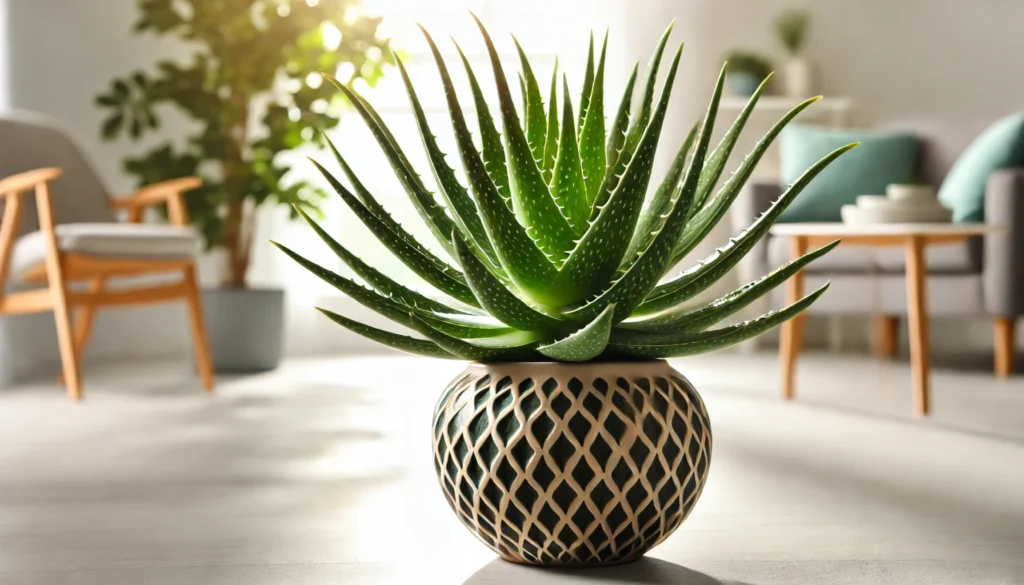
The Spider Flower (Cleome hassleriana) is a striking annual plant known for its tall, airy blooms that add height and drama to any garden. With its unique, spidery flowers in shades of pink, white, and purple, this plant creates a captivating display. Spider Flowers can grow up to 4-6 feet (120-180 cm) tall and spread about 1-2 feet (30-60 cm) wide, making them an excellent choice for the back of borders or as a focal point in garden beds.
History and Ideal Growing Conditions
Native to South America, the Spider Flower has been a popular garden plant for centuries. It thrives in warm climates and is well-suited for USDA hardiness zones 9-11. This plant prefers full sun and can tolerate a wide range of soil types, although it thrives best in rich, well-draining soil. Spider Flowers are known for their ability to withstand heat and drought, making them ideal for sunny, dry locations.
Plant Spider Flowers in the spring after the last frost, spacing them about 1-2 feet (30-60 cm) apart to allow room for their expansive growth. They are fast-growing and will bloom from early summer until the first frost, providing continuous color in the garden.
Toxicity and Pets
Spider Flowers are non-toxic to pets, making them a safe addition to gardens where pets may roam. Their strong scent may deter animals from nibbling on the leaves or flowers, providing an extra layer of protection.
Safe Alternatives: While Spider Flowers are safe, if you’re looking for similar plants, you might consider Zinnias (Zinnia elegans) or Cosmos (Cosmos bipinnatus), both of which offer bright, showy blooms and are also non-toxic to pets.
Best Practices for Caring for Spider Flower
Spider Flowers are relatively easy to care for, but following a few best practices will help ensure they thrive in your garden.
Watering and Humidity: Spider Flowers prefer consistent moisture but can tolerate short periods of drought. Water them deeply once a week, especially during hot, dry weather. Avoid overhead watering to reduce the risk of powdery mildew. Humidity is not a significant concern for Spider Flowers, as they can thrive in both dry and humid conditions.
Soil, Light, and Temperature: These plants thrive in well-draining soil rich in organic matter. Full sun is essential for the best flowering, with at least 6-8 hours of direct sunlight daily. Spider Flowers are heat-tolerant and prefer temperatures between 70°F and 85°F (21°C to 29°C). They are not frost-tolerant, so plant them only after the last frost in your area.
Fertilizing: Spider Flowers benefit from regular feeding, especially in poor soils. Apply a balanced, slow-release fertilizer at planting time, and follow up with a liquid fertilizer every 4-6 weeks during the growing season to promote healthy growth and prolific blooming.
Common Problems and Remedies
Spider Flowers are generally resilient, but they can face a few issues:
- Powdery Mildew: This fungal disease can occur in humid conditions or when plants are overcrowded. Ensure good air circulation by spacing plants properly, and water at the base to avoid wetting the leaves.
- Aphids: These pests may be attracted to the tender new growth. Use insecticidal soap or neem oil to keep them in check.
- Leggy Growth: If the plants become too tall and leggy, it may be due to insufficient sunlight. Ensure they are planted in full sun and consider staking taller plants for support.
Pruning and Maintenance
Pruning Spider Flowers can help maintain their shape and encourage more blooms.
Tools Needed: Use sharp, clean pruning shears. Sanitize your tools before and after pruning to prevent the spread of disease.
Identify Areas to Trim: Throughout the growing season, trim back any dead or damaged stems to keep the plant looking tidy. Prune back the plant by about one-third if it becomes too leggy or if you want to encourage bushier growth.
Deadheading: Regular deadheading will encourage continuous blooming. Cut off the spent flower stalks just above the next set of leaves to redirect the plant’s energy into producing new blooms.
Prune Leggy Growth: If the plant becomes leggy, trim it back by one-third to promote a more compact growth habit. This practice is especially useful later in the season when plants may start to look untidy.
Remove Damaged or Diseased Leaves: Regularly inspect the plant and remove any leaves that show signs of disease or damage to keep the plant healthy and prevent the spread of problems.
Shape the Plant: Light pruning can help maintain a neat shape, especially if the plants are used in formal garden settings.
Post-Pruning Care: After pruning, water the plant thoroughly and apply a layer of mulch to retain moisture and suppress weeds.
Propagation and Benefits
Spider Flowers are easily propagated by seed. Sow seeds directly in the garden after the last frost, or start them indoors 6-8 weeks before the last frost date. They are fast-growing and will bloom within a few weeks of planting.
These plants are not only beautiful but also beneficial for attracting pollinators like bees and butterflies. Their tall, airy blooms add height and movement to garden beds, making them a valuable addition to any landscape. Additionally, their ability to thrive in hot, dry conditions makes them a great choice for water-wise gardens.
Final Thoughts
Spider Flowers are a showy and resilient choice for any garden, offering tall, colorful blooms that last all summer long. With proper care, they will add height, color, and drama to your outdoor spaces. Whether planted in garden beds, borders, or containers, Spider Flowers are sure to make a statement. Their non-toxic nature and ease of care make them a favorite among gardeners of all levels.



